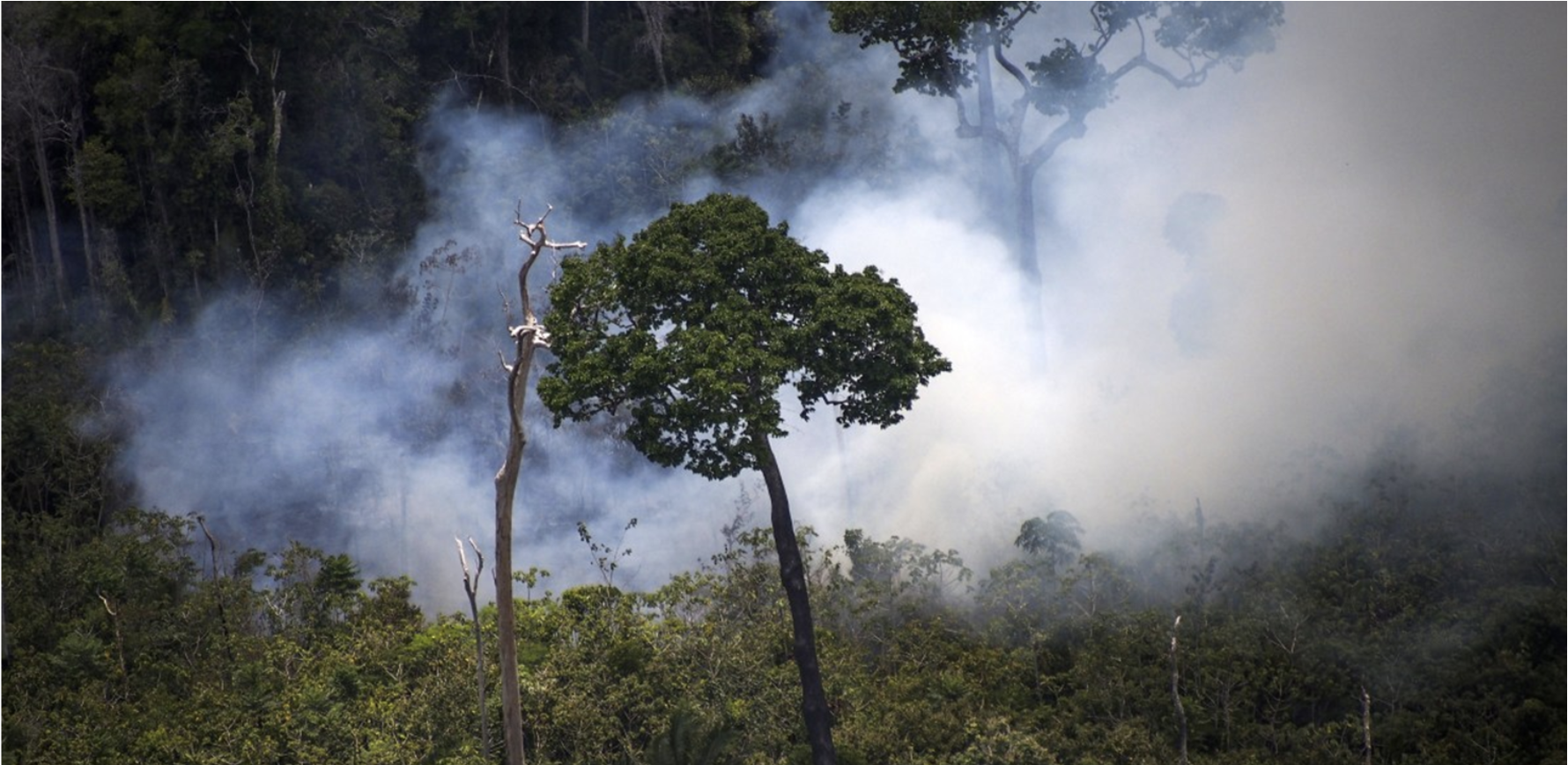
Institutional collaboration: Chr. Michelsen Institute, Bergen; ITAM, Mexico; Center for Policy Research, New Delhi.
Participants: Rachel Sieder (Project leader), Tatiana Alfonso, Helena Alviar, Lara Cortes, Jackie Dugard, Mekonnen Firew Ayano, Siri Gloppen, Namita Wahi.
Funded by: Norwegian Research Council, FRIPRO
Dates: 2020 – 2024
The PluriLand project aims to develop a theory of land claiming in plural legal regimes through cross-regional investigation of conflicts over land affecting the land rights and entitlements of vulnerable communities. Despite the protection of indigenous, traditional and/or communal lands in many legal systems, such conflicts are rapidly escalating across the globe and are often highly transnational. Yet our knowledge about the mobilization and traction of protective land regimes remains fragmented, localized, and under-theorized.
PluriLand will build on and extend current theoretical knowledge about sociolegal mobilization over land claims, determining: how this is related to different kinds of threats; the impacts of the balance of national and international legal sites and frames on both processes of legal mobilization and intra-group dynamics; and the importance of context in processes of legal mobilization. The PluriLand team will undertake an interdisciplinary comparative study of plural land claims and legal regimes and their intragroup effects across six countries – South Africa, Ethiopia, India, Brazil, Guatemala, and Colombia.

